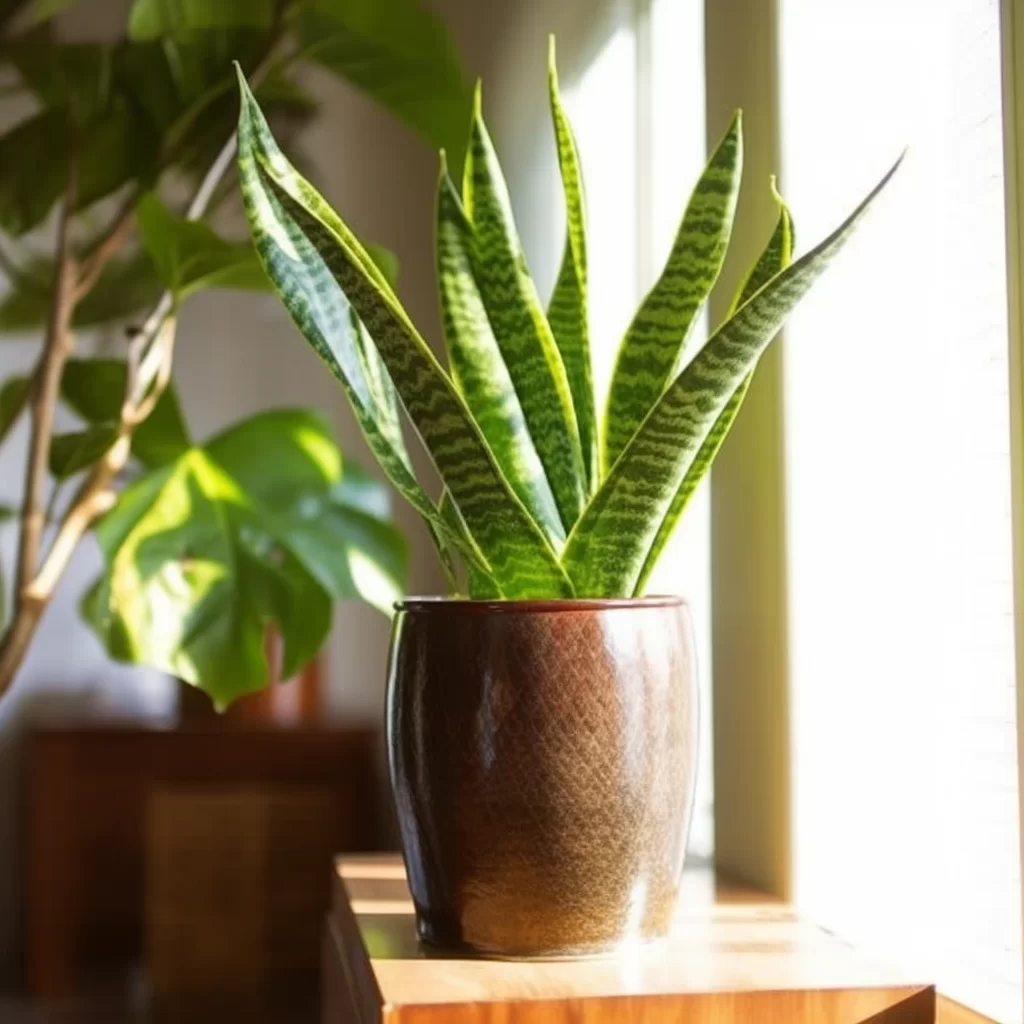Story of Day :
Contents
The Complete Guide and Care Tips for African Snake Plant
For any plant lover, the African snake plant is an absolute must-have.
This hardy and easy-to-care-for succulent adds a touch of elegance to any space with its tall, dark green foliage that can grow up to several feet long.
Also known as Sansevieria Trifasciata, this plant is native to western Africa and belongs to the Asparagaceae family.
Why Choose African Snake Plant?
The African snake plant has become increasingly popular amongst gardeners due to its numerous benefits.
Not only does it make for a perfect indoor or outdoor decoration, but it also has some incredible health benefits which include:
- It releases oxygen at night while absorbing harmful toxins like formaldehyde
- It improves air quality by filtering out pollutants such as benzene and xylene from the environment
- It’s an excellent stress reliever due to its calming effect on nerves.
Care Tips for Your African Snake Plant

If you’re looking for a low-maintenance houseplant that can thrive in almost any condition, the African snake plant should be your go-to choice.
Here are some tips on how you can care for your new green friend:
Light
African snake plants prefer bright indirect sunlight but can also tolerate low light conditions making them perfect office plants where there’s limited natural light.
However, direct sunlight may cause damage; therefore it’s best not place them near windows where they get direct sun rays.
Watering
This succulent thrives in dry soil conditions making overwatering one of their primary enemies leading to root rotting.
The best way to water the plant is to allow the soil to dry out completely before watering it again.
In general, it’s recommended not to water more than once in two weeks.
Damp conditions can attract pests and diseases.
Soil
The African snake plant prefers well-draining soil with good aeration, which allows air to circulate around its roots quickly

Common Issues with African Snake Plant
Even though this succulent is relatively easy to care for, it can still face some problems which include:
- Fungal & Bacterial Diseases: Overwatering and damp conditions may lead it susceptible fungal and bacterial infections leading rotting.
- Pests infestation: African snake plants are prone pests like spider mites, mealybugs that feed on their foliage weakening them over time if not dealt with appropriately
- Curling leaves:This may be a sign of underwatering or exposure of your plant in temperatures below 50°F (10°C), move the plant away from cold drafts or increase watering frequency depending on your problem cause.
Growing Your African Snake Plant
The African snake plant is an excellent indoor and outdoor potted plants; here’s a step by step guide on how you can grow yours:

- Select a healthy leaf cutting or start from seeds gotten from reputable seed companies like Amazon as these have been tested for germination rates and disease-free cuttings/ bulbs.
- If planting in pots get one that has drainage holes; this will allow excess water escape after watering avoiding accumulation at the bottom contributing to root rotting.
Fill up pot with well-draining soil mixed with sand and perlite for better drainage, leaving about 2 inches of space at the top.
- Plant your cutting or bulb in the prepared potting mix ensuring it’s firmly packed, water it gently and allow excess water to drain out before placing in a well-lit, warm room.
Conclusion

The African snake plant is an excellent indoor and outdoor plant with numerous benefits ranging from air purification to stress relief.
Proper care of this succulent involves exposing it to moderate bright light conditions, well-draining soil mix with proper watering frequency depending on individual conditions such as temperature, humidity levels amongst others.
With these tips on growing and caring for your African snake plant effectively, you’ll enjoy its beauty while improving your home environment’s air quality.